
What is the historical significance of oils in textured hair rituals?
Oils have historically been fundamental to textured hair rituals, deeply protecting and nourishing strands as a vital aspect of ancestral heritage.

What is the connection between textured hair rituals and cultural survival?
Textured hair rituals are foundational to cultural survival, serving as dynamic expressions of identity and ancestral memory.
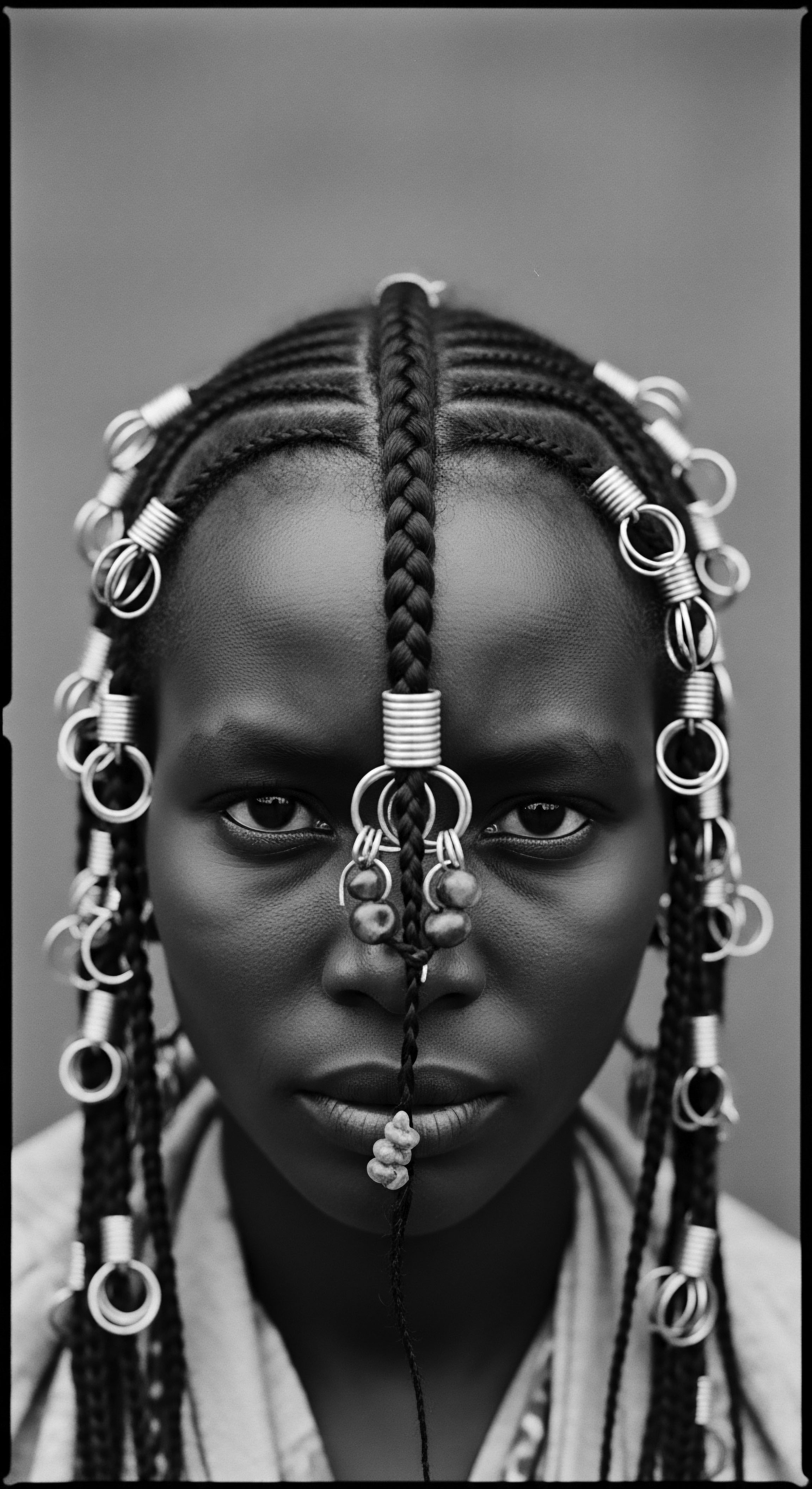
In what ways do textured hair rituals preserve ancestral connections today?
Textured hair rituals preserve ancestral connections by upholding traditional care methods, fostering communal bonds, and serving as symbols of cultural identity and resilience.
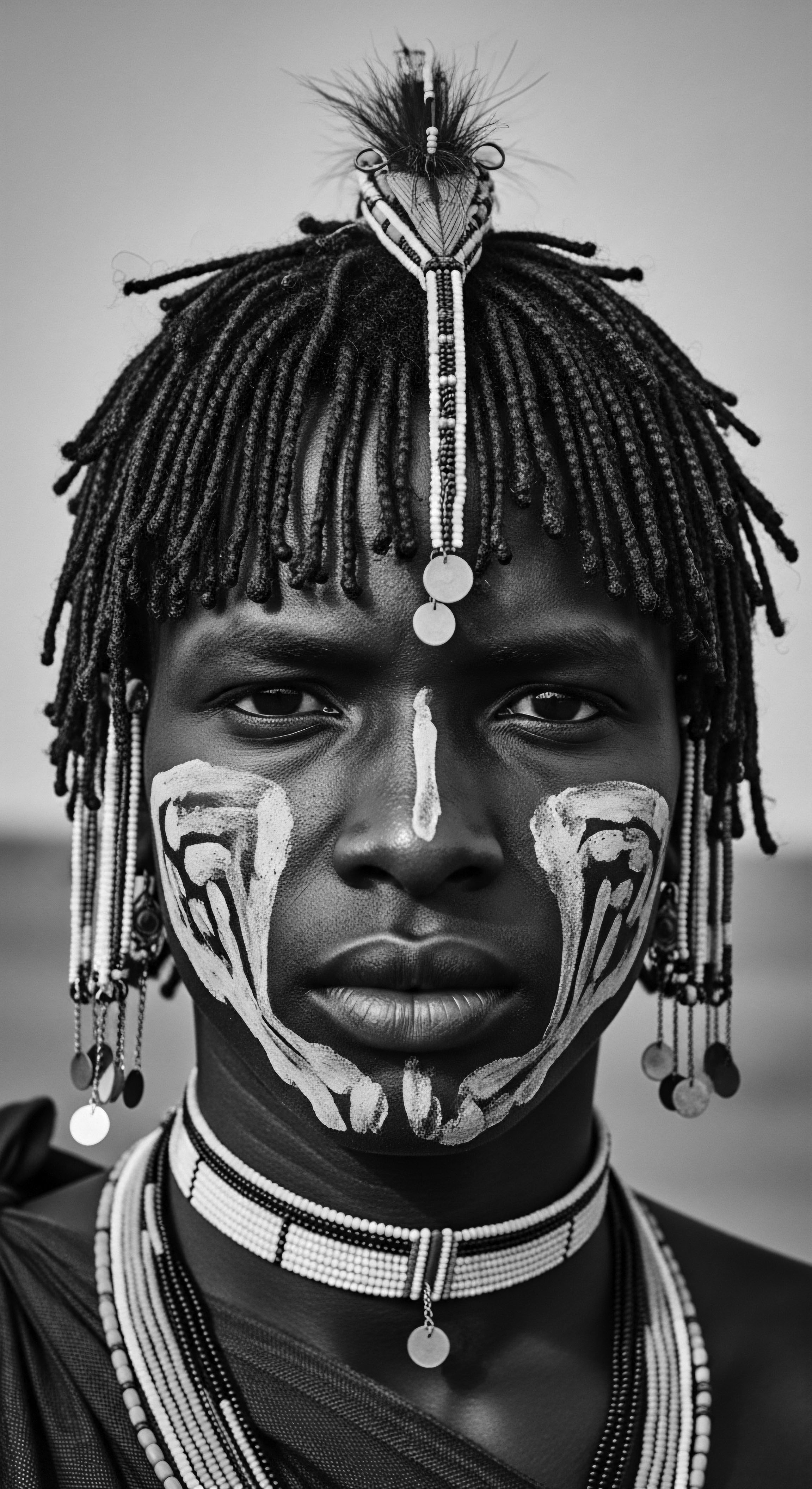
What cultural significance did hair adornments hold in historical African societies?
Hair adornments in historical African societies marked status, spirituality, and identity, connecting individuals to their textured hair heritage.

In what ways did ancestral hair rituals preserve heritage and hair health?
Ancestral hair rituals preserved textured hair health by emphasizing protective styles and plant-based nourishment, profoundly linking care to cultural heritage.
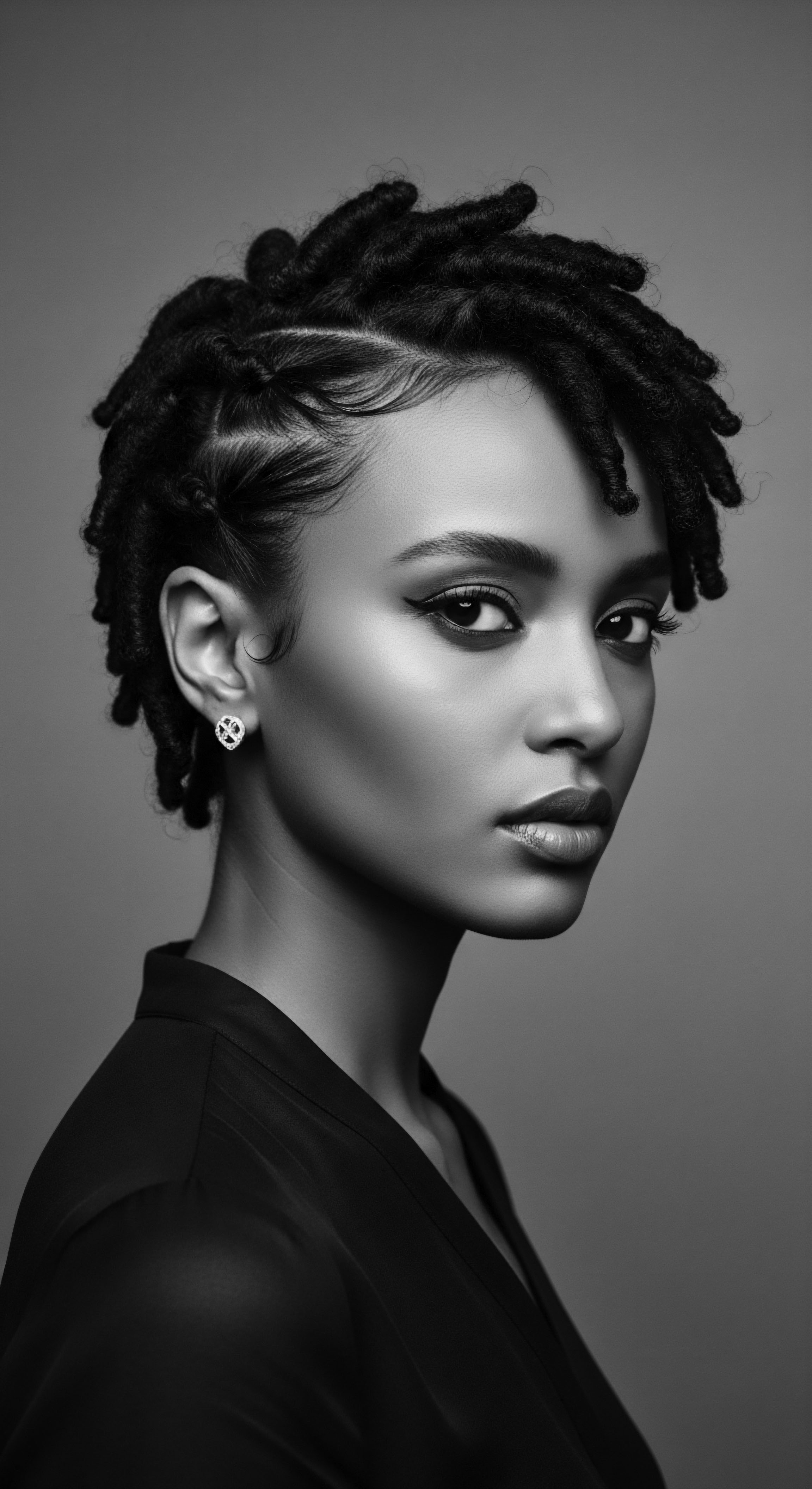
What plant-based practices define historical textured hair rituals?
Historical textured hair rituals are defined by ancestral plant-based practices deeply rooted in heritage, offering holistic care and cultural identity.

Are cleansing rituals for textured hair rooted in ancestral beliefs?
Cleansing rituals for textured hair are deeply rooted in ancestral beliefs, reflecting ancient wisdom about hair's unique structure and its cultural meaning.

How does hair oiling preserve cultural heritage?
Hair oiling preserves cultural heritage by linking textured hair care to ancestral wisdom and community bonds.
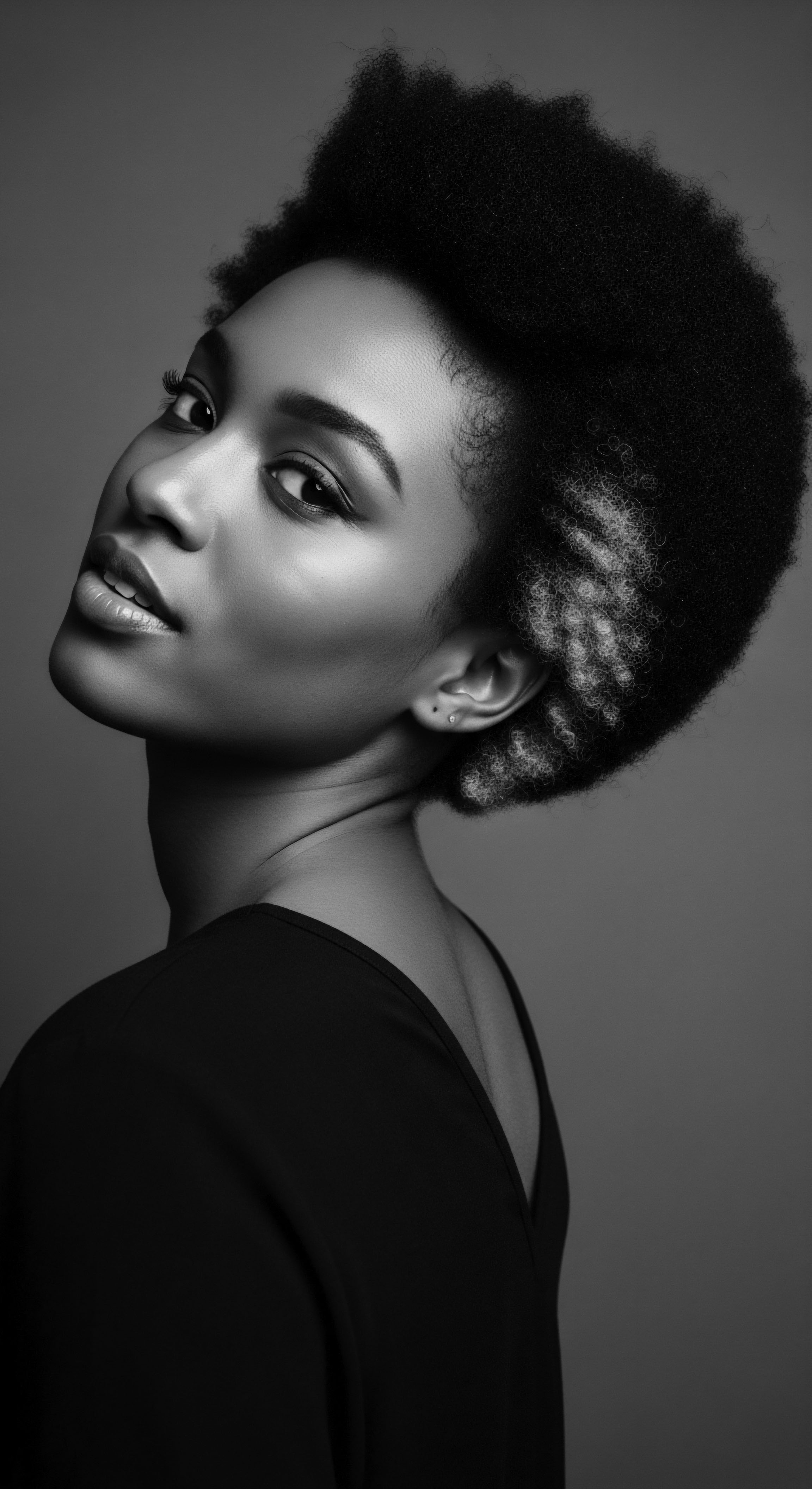
Can ancient hair care traditions reduce modern anxiety for textured hair?
Ancient hair care traditions, rooted in collective wisdom, directly address modern anxieties for textured hair by reinforcing heritage.

In what ways did historical textured hair care foster communal heritage?
Historical textured hair care forged communal heritage by enabling shared ritual, communication, and collective resilience through generations.

In what ways did enslaved communities preserve hair heritage through rituals?
Enslaved communities preserved textured hair heritage through resilient rituals of communal care, covert communication in braids, and ingenious material adaptation.

What traditional care principles inform modern textured hair routines?
Traditional principles of moisture, protection, and community deeply inform modern textured hair routines, preserving a rich cultural heritage.

How does textured hair connect to African ancestral practices?
Textured hair is profoundly linked to African ancestral practices, serving as a deep reservoir of cultural heritage, identity, and collective wisdom.

How did communal hair washing rituals reflect Black and mixed-race hair heritage?
Communal hair washing rituals reflect Black and mixed-race hair heritage through shared knowledge, collective identity, and resilience.
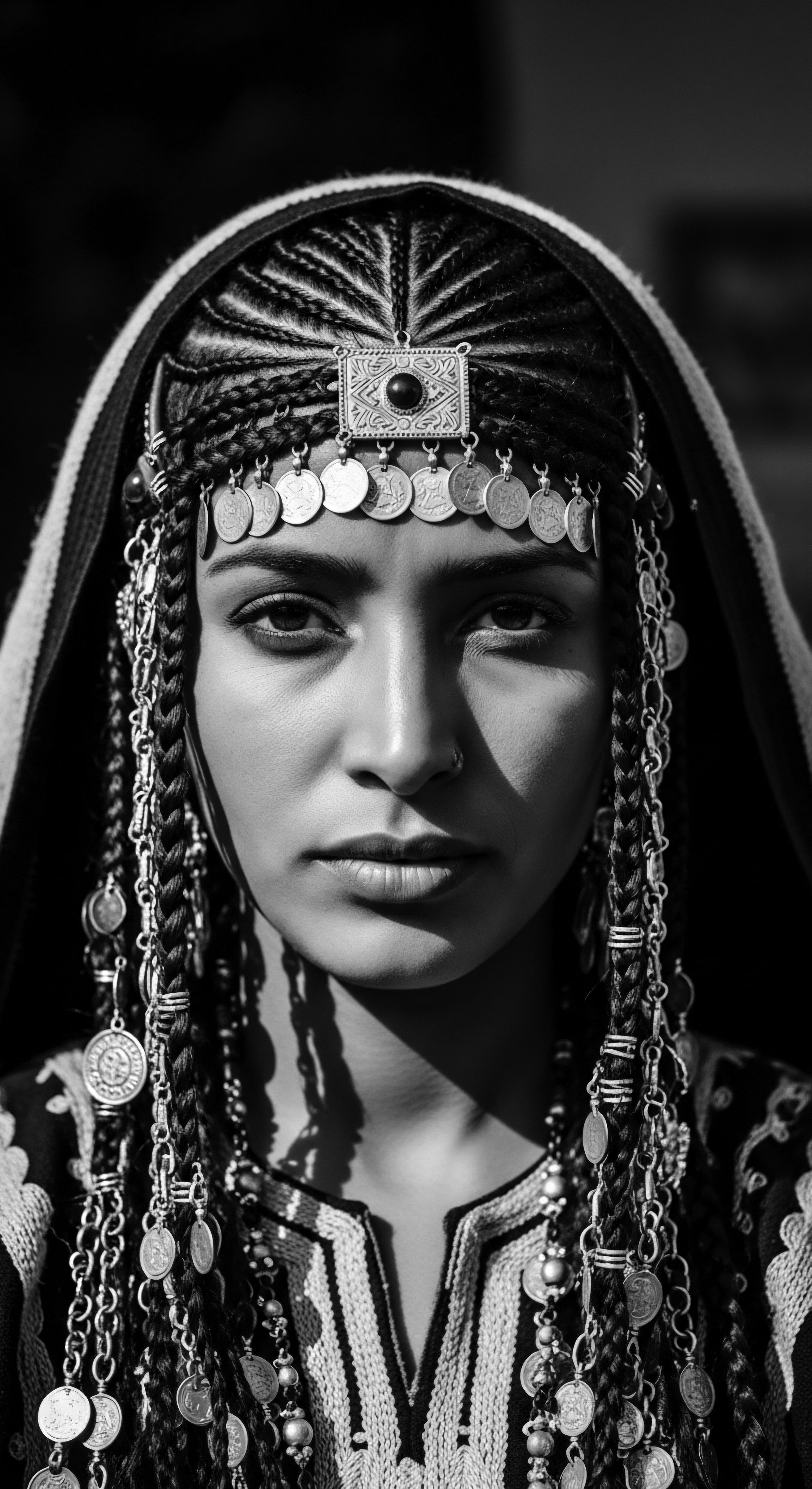
How did ancient comb designs reflect heritage?
Ancient comb designs expressed heritage through symbolic carvings, reflecting social status, spiritual beliefs, and community ties within textured hair traditions.

In what ways do ancestral cleansing rituals inform modern textured hair care heritage?
Ancestral cleansing rituals for textured hair deeply inform modern care by emphasizing natural ingredients, scalp health, and communal practices.

